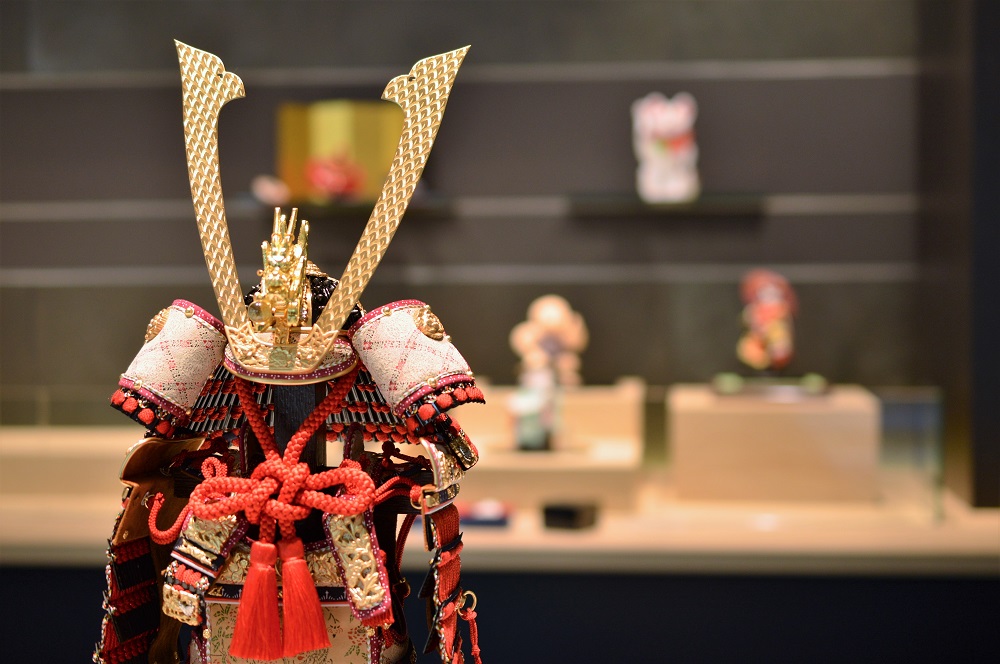
“I Want People to Feel the ‘Now’ of These Traditional Kyoto Crafts on Their Skin”
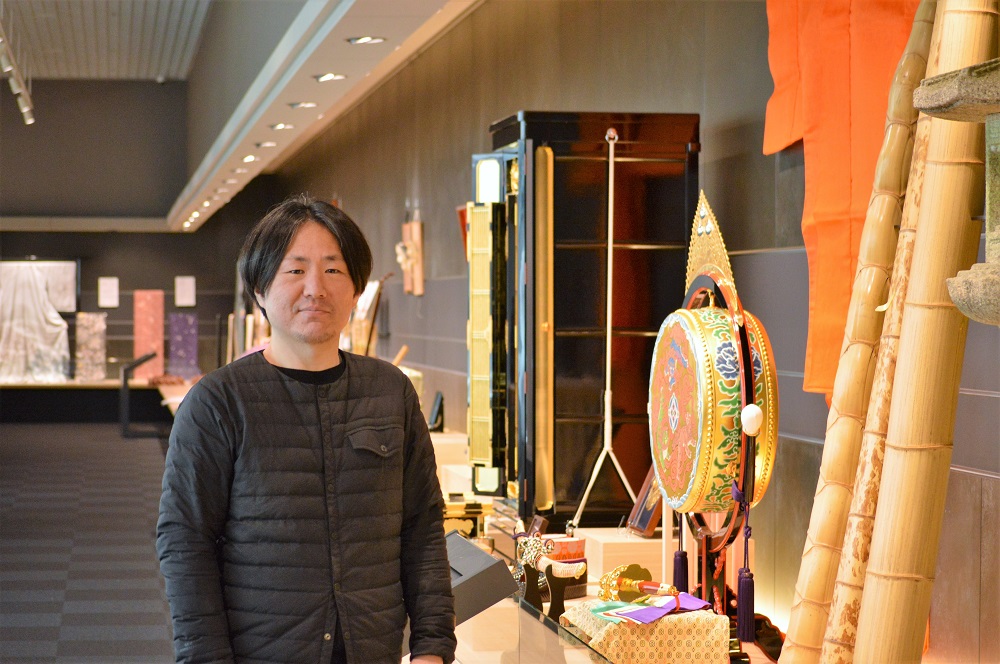
“Kyoto craftwork is actually used in the newest products and in the art world,” Yamazaki says. Generally, people may have the impression that the world of traditional craftwork is filled with old artisans making things that haven’t changed since long ago. But in fact it’s young artisans who are some of the main contributors, and the craftsmanship is very progressive. Even as the old techniques are carried on, they continue to evolve, to be used in many different ways, including in fashion, architecture, and even interior design. However, there are many instances in which these techniques are used by those who don’t know their technical or historical backgrounds. “I would really like for not only industry people or people with intense interest to have access to these craftworks, but for ordinary people to get to know the kind of Japanese sense of beauty and everyday Kyoto culture that can be felt through these items, and to gain an interest in them.” These were the ideas that Yamazaki brought into the remake of this museum.
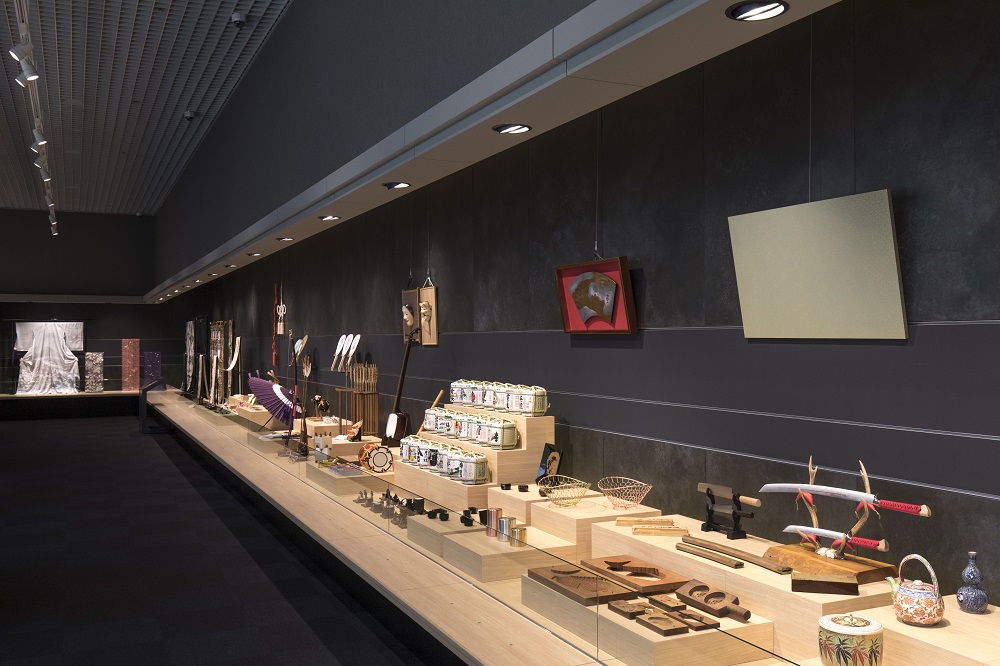
All 74 types of traditional Kyoto crafts have been displayed here since the days of the Kyoto Traditional Crafts Fureai-kan, but originally, only completed pieces were put on display. This exhibition has been reborn as the “74 Crafts Wall,” where the 74 crafts are put on display, together with a touch panel and video, to convey more detailed information about the manufacturing process of each. The new display allows visitors a deeper understanding of these traditional Kyoto crafts, and also allows them to get an up-close look at the historical reasons each was made, the complexity of their production, and so on.
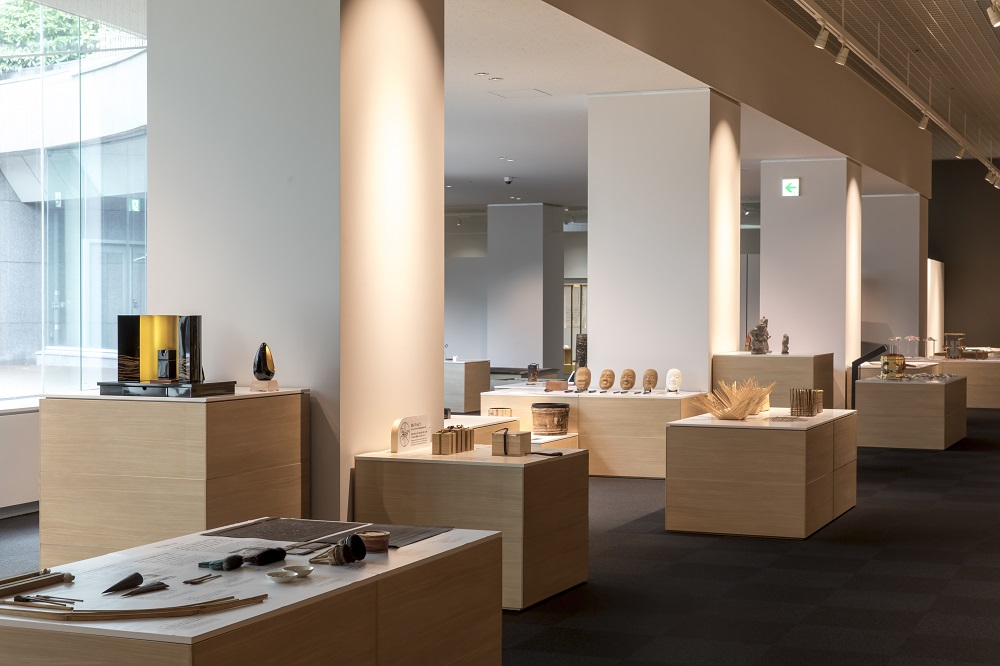
At the 74 Crafts Exhibition, all the tools and materials used to create these traditional goods are on display, including items that can be viewed up close, and some that visitors can even hold in their hands, like traditional spinning tops, personal seals, and furoshiki cloth. Sometimes you’ll even be able to see a craftsman at work in the museum, and be able to ask him some layman’s questions. It’s a chance to get to know the real face of these Kyoto crafts.
Learn About Kyoto Crafts, and Enter the Craftwork Industry

The museum also includes a section where visitors can get to know even more about the world of these Kyoto crafts. In the Special Exhibition Room at the back of the museum, exhibitions will be held 3-4 times a year. During the museum’s re-opening, an exhibition titled “The March of Craftsmen” is being held to introduce the handicrafts of young artisans. In booths made to recreate their workspaces, the tools and materials the artisans use in their work are put on display to recreate workshops for a variety of different craftworks. Visitors can see where these crafts come to life in real time. There are also photos of the artisans at work, photos of their families, and more, and many more exhibitions of the art and design fields are in the works.
“March of Craftsmen” Exhibition
Times: 9:00 a.m. - 5:00 p.m. (Entry until 4:30 p.m.)
Price: Free entry
Website: https://kmtc.jp/en/special/2020/03/10/3395/

“In order to carry these traditions on into the next generation,” Yamazaki says, “it’s also important to improve this work as a business.” The Material Library, which archives the materials and techniques used in these traditional crafts is a business-to-business-oriented space meant to connect Kyoto’s craftsmen with businesses of the world. Registered businesses can use the space for meetings and sales discussions. Because the museum works in cooperation with the manufacturers and unions, visitors can see the latest techniques and materials here. The museum is also trying to expand the future potential of Kyoto’s traditional crafts by allowing them to be used as material with which to make other products, or by incorporating them into artwork. In future, they also have plans to form collaborations between businesses, hold exchange events, and more.
Those who want to know more about the crafts they see in the museum by actually visiting the workshops where they’re made are encouraged to make use of the Kyoto Workshop Concierge service.
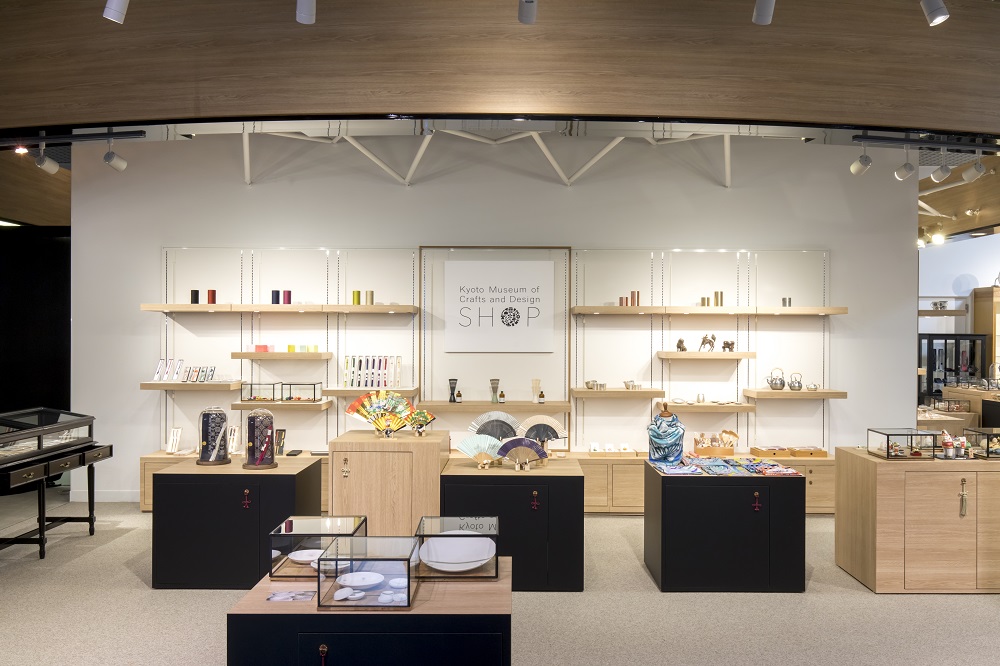
In the museum shop, you’ll find items based on traditional crafts that can be used in your home, sundries, accessories, and a variety of other items for sale. Even with their traditional backgrounds, all of the items here will blend perfectly into your lifestyle, making them perfect souvenirs.
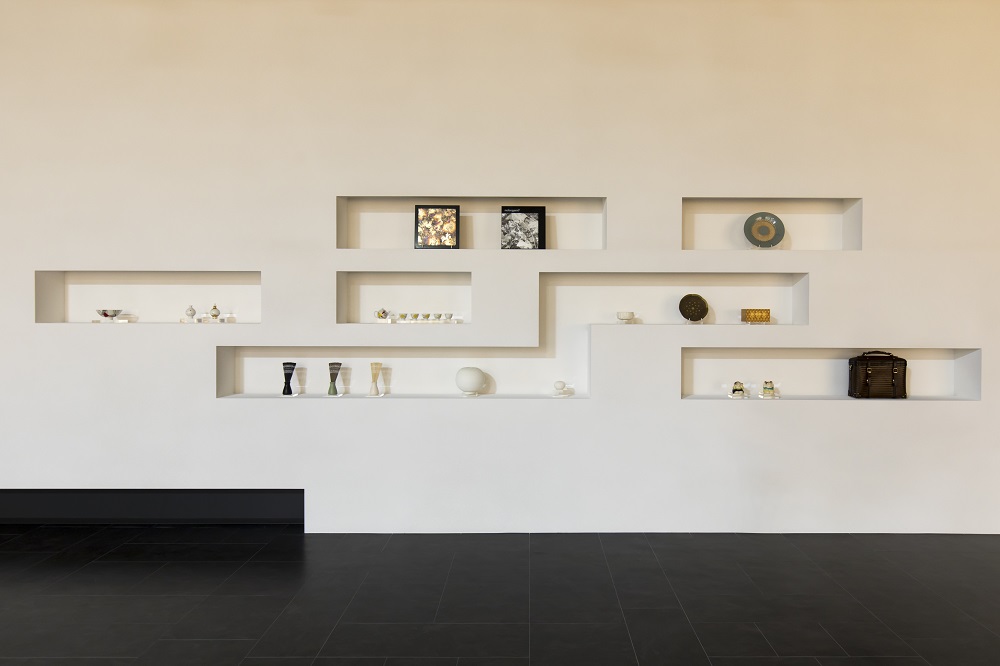
“How to continue developing Kyoto’s traditional industries? I think that’s a very important perspective [to keep],” Yamazaki says. Kyoto’s traditional craftwork continues to interest more and more people, and be used in a variety of new ways around the world. The museum’s role, Yamazaki tells us, is to support such a future.
“My hope is that through this museum, the wonderful nature of the Kyoto craftworks that have been created for use in Kyoto’s everyday culture will reach others around the world.”
These crafts are imbued with history, precision, and beauty. If you’re interested in Kyoto’s traditional craftwork, very much alive today, please come have a visit.
Kyoto Museum of Traditional Crafts
Opening Hours: 9:00 - 5:00 p.m. (Museum entry open until 4:30 p.m.)
Address: Miyakomesse Underground Floor 1
Access: Take the 5 or 100 bus from Kyoto Station to the “Okazaki Koen / Bijutsukan,Heian Jingu-mae” bus stop
Website: https://kmtc.jp/en/


